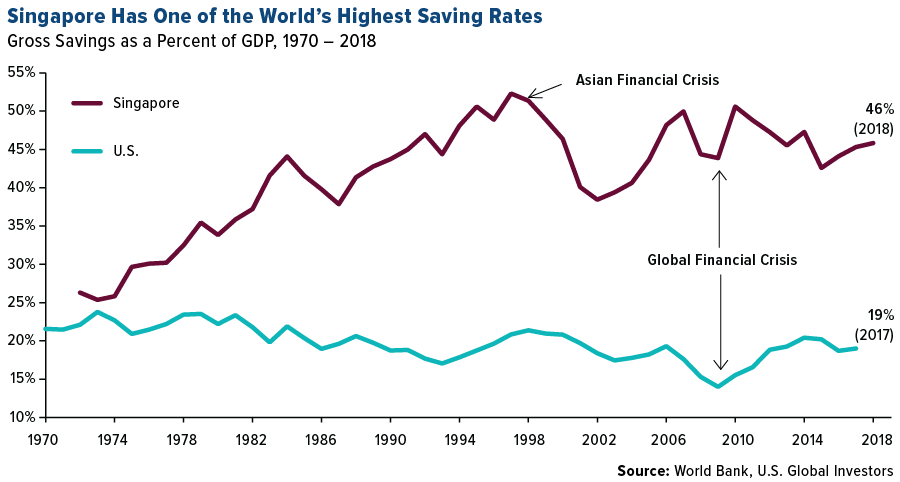The latest data from the Singapore government shows that the economy is still in contraction mode. The first quarter GDP shrank by 10.1% when compared to the same quarter last year.
Seasonally adjusted unemployment rate was just 3.3%. This figure is artificially kept low by the government due to the many incentives offered to private employers to keep workers on payroll and offer them training program. As the 60% of the GDP is related to exports, Singapore’s economy is severely affected in the current recession. Global trade has slowed and especially exports from Asia to the West has fallen significantly.
The following are a few observations:
Singapore Port – Total Traffic in May 39, 318 compared to 40,207.5 ( in 000s tons) in April. Last year in May it was 45,893 tons. Container traffic tonnage remained almost the same in May from previous month but oil shipments were down slightly.
Total exports in first quarter was down 26%Â relative to same period last year.
Despite the fall in global trade, Singapore will weather this recession better due to sound policies implemented by the city state. Singapore’s banks were not heavily exposed to the subprime mess and balance sheets remain strong. The country does not have the foreclosure problem since default rates are very low. In addition savings rates are high and the real estate market is stable.
There are a couple of Singapore banks that trade in the OTCÂ markets. They are United Overseas Bank (OTC: UOVEY) and DBS Holdings (OTC: DBSDY). Both pay over 4% dividends. A simple and easier way to invest in Singapore is the iShares MSCI Singapore Index Fund (EWS).


